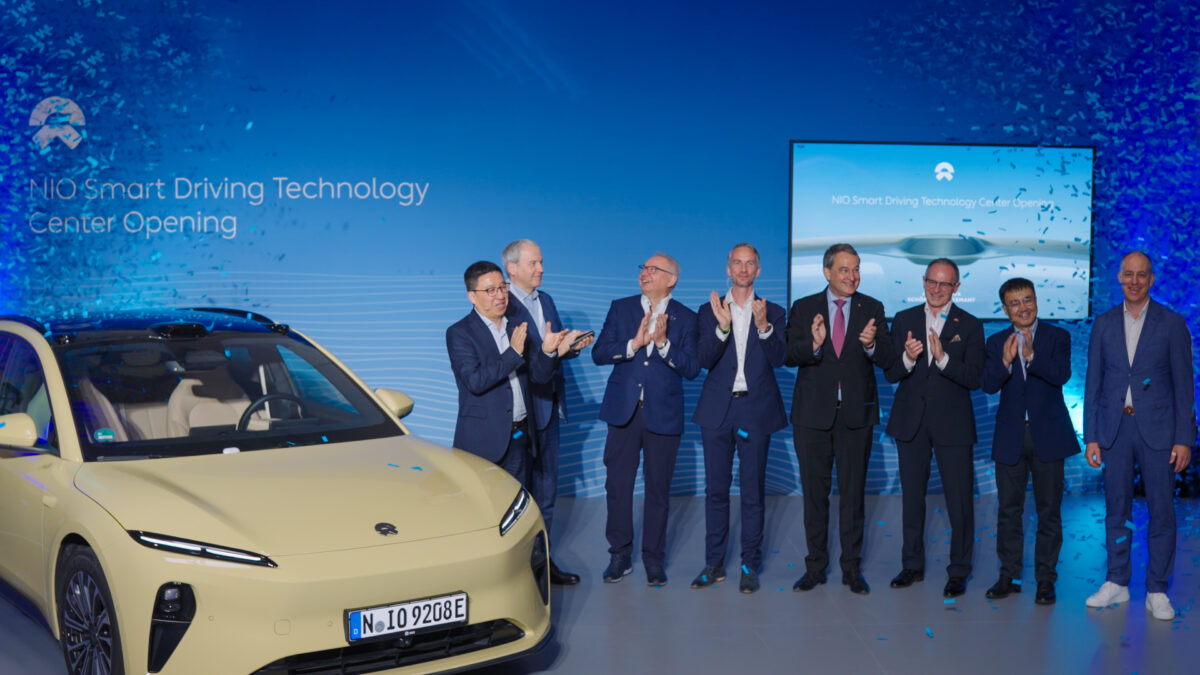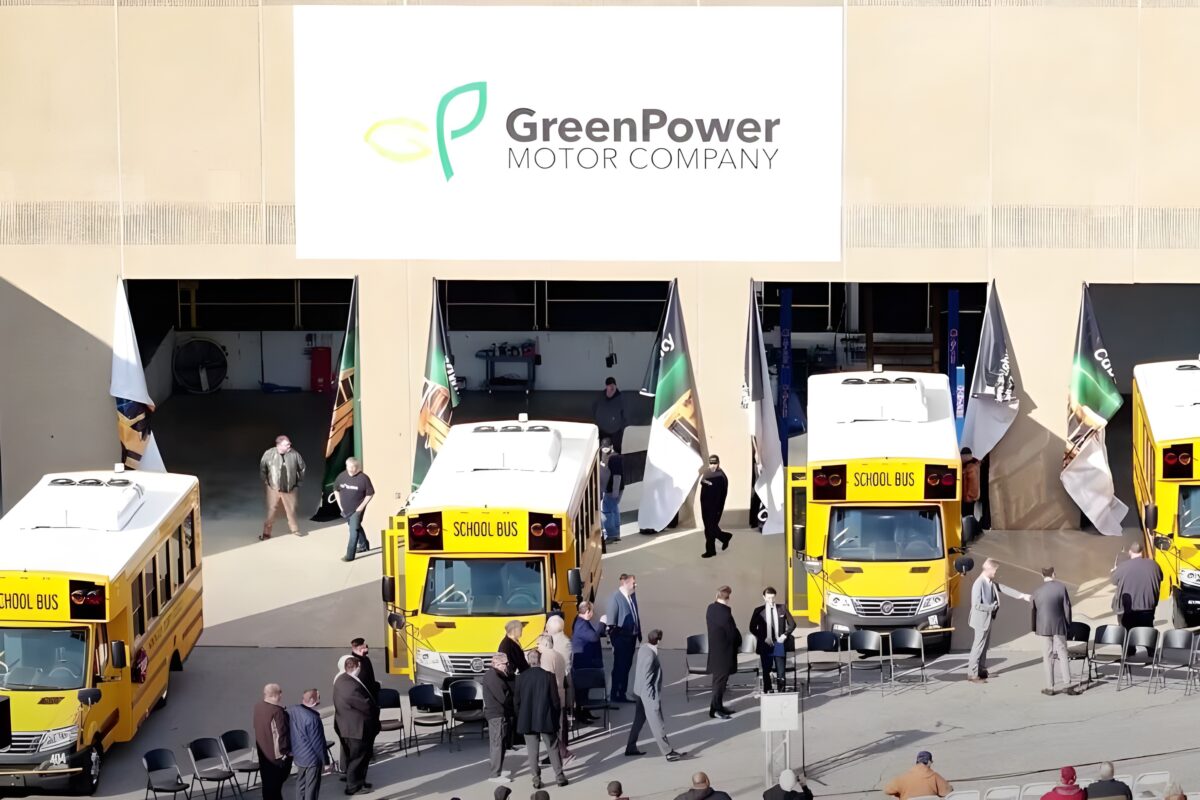2018 marked the second year of growth for light vehicle (LV) and heavy commercial vehicle (HV, >3.5t) sales in Brazil. Welcome news, indeed, as both sectors had suffered a number of consecutive years of hardship up to and including 2016, with the LV market down 45% and the HV market down by 70%.
Both sectors owe much of their performance in 2017 and 2018 to the recovery of the country’s economy. Growth of 1.3% last year may seem low, but it was significantly better than the recession of the previous years.
Volatility is a word often used when describing the Brazilian economy, and the global automotive industry players present in the market have experienced a bumpy ride. The last decade in particular has seen significant investment in Brazil by vehicle manufacturers and suppliers keen to secure a manufacturing footprint in this exciting emerging market ahead of its widely anticipated growth.
“Such has been the relentless rise in car demand in China, that perhaps other emerging markets have been viewed in an excessively optimistic light – particularly those markets lumped under the BRICS acronym,” noted Jonathan Storey, author of a new Automotive World report on the Brazilian new vehicle market.
The performance of the so-called BRICS markets – Brazil, Russia, India, China and South Africa – has been markedly varied, underlining the challenges associated with grouping into a convenient acronym the fortunes and prospects of such disparate countries and economies. True, the annual BRICS summits give the collective a sense of purpose and exclusivity, but beneath the surface it’s difficult to see how the countries’ leaders could find much common ground.
In 2012, ANFAVEA, the representative body for Brazil’s automotive industry, forecast the car market would reach 5.7 million units by 2016, explains Storey. However, it was those companies which signed off their investments based on forecasts that ultimately turned out to be hugely optimistic and overblown that felt the impact of the country’s volatility most sharply.
“The actual figure was 1.7 million units,” continues Storey. “Several automakers, investing for unattainable levels of demand, suffered the consequences, and the overhang of excess capacity remains a drag on their performance.”
Automotive World’s report, ‘Brazil’s new vehicle market: prospects to 2023’ forecasts a rise in LV demand of up to 12% in 2019, with the HV sector enjoying more substantial growth, of up to 25%.
“The market now looks to be heading towards a more sustainable annual demand of around 3 million units,” Storey notes, “which will probably make it the world’s sixth largest market.”
Over the next five years, growth is expected in both sectors, broadly in line with economic forecasts, and vehicle market performance over that period will be notable for the pre-buy effect of new emission standards due in 2023.
However, Brazil is undergoing a significant period of change, and the as-yet unpublished policies of newly-elected right-wing President Jair Bolsonaro could significantly impact these forecasts.
Speaking at the World Economic Forum in Davos, Switzerland, in January 2019, Bolsonaro said he wished to restore the world’s trust in Brazil. His business-friendly policies, he declared, would “make life easier for those who wish to produce and do business … invest, and create jobs”, and were intended to “foster economic stability”. He said he intends to open up the economy to international trade, with a view to making Brazil one “of the 50 best countries to do business with” by the end of his term in office.



